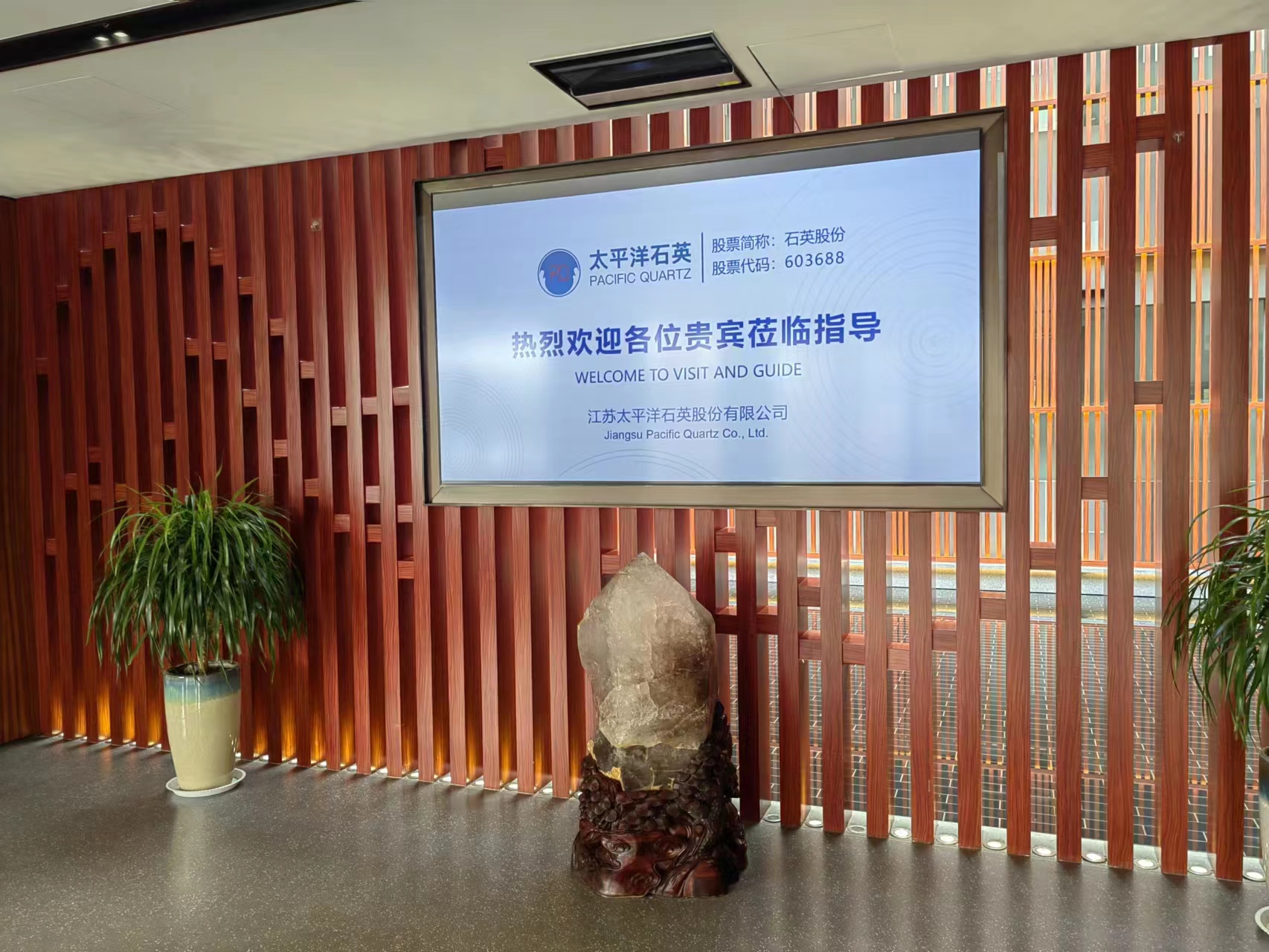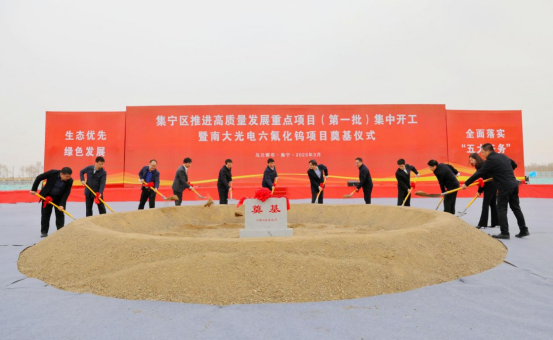Quartz shares: The performance of photovoltaic business has increased significantly, and the expansion of high-purity quartz sand has been accelerated
On April 11, Jiangsu Pacific Quartz Co., Ltd. (stock code: 603688, stock abbreviation: Quartz shares) held the 2022 annual general meeting of shareholders, on the "Proposal on the Company's 2022 Annual Board of Directors Work Report" and "About the Company The Proposal on the Work Report of the Board of Supervisors in 2022 and the Proposal on the Company's 2022 Annual Financial Final Account Report were reviewed and voted on, and Aijiwei participated in the general meeting of shareholders as its institutional shareholder.
Actively expand production under tight supply and demand
Quartz Co., Ltd. is a silicon material deep-processing enterprise integrating scientific research, production and sales. It is in a leading position in the market and technology in the application fields of light sources, photovoltaics, optical fibers, optics and semiconductor quartz materials. The leading products are high-purity quartz sand , Quartz tube (rod), large-diameter quartz diffusion tube, quartz barrel, quartz ingot, quartz plate, and various quartz devices.
In 2022, Quartz will realize operating income of 2,004,165,700 yuan, a year-on-year increase of 108.62%; realize net profit attributable to shareholders of listed companies of 1,052,192,600 yuan, a year-on-year increase of 274.48%.
According to the industry, the main product revenue in 2022 will achieve a relatively large increase compared with the same period of the previous year. Among them, the income of light source products will be stable, accounting for 16.45% of its main business income. 1.01%; the revenue of optical fiber semiconductor products accounted for 18.59% of its main business income; the main business income of the photovoltaic industry accounted for 64.96% of its main business income, an increase of 974.8486 million yuan over the same period last year, a year-on-year increase of 305.94%.
The substantial growth of photovoltaic products is a major reason for the growth of quartz shares.
As an important resource in the photovoltaic industry, quartz materials are in hot demand in the market. In recent years, the revenue of Quartz’s photovoltaic products has been growing and the growth rate is increasing: in 2019, the main income of the photovoltaic industry increased by 21.15% year-on-year; in 2020, the main income of the photovoltaic industry increased by 41.46% year-on-year; The main operating income increased by 108.46% year-on-year.
Prioritize the development of semiconductor products
In addition to the photovoltaic field, the semiconductor business sector is also a major focus of Quartz.
The application of quartz materials in the semiconductor industry is mainly the diffusion and etching process in wafer production. The quartz components used in the etching process mainly include quartz rings, quartz protective covers, etc. The quartz components used in the diffusion process mainly include quartz boats. , Quartz furnace tube, quartz baffle, casing, etc.
In 2022, Quartz’s revenue from optical fiber semiconductor products will increase by RMB 69.5086 million compared with the same period last year, mainly due to the increase in revenue from semiconductor products, which will increase by RMB 131.9379 million or 85.92% compared with the same period last year. Sales of quartz products in the semiconductor sector have achieved rapid growth.
In the field of semiconductors, Quartz has passed the certification in the field of high-temperature diffusion of Tokyo Electronics, the certification of Tokyo Electronics in the field of etching and the certification of LAM etching in the United States, and the certification of Applied Materials in the United States has also continued to make staged progress; it has also made steady progress through the technical breakthroughs in the continuous melting production system The eighth-generation continuous melting production technology was put into use, and a variety of high-end quartz products for new semiconductors entered the market.
In terms of projects, the Jiangsu Pacific Semiconductor Quartz Material (Phase III) project started in Lianyungang in January this year.
Specifically, the project was invested and constructed by Jiangsu Pacific Quartz Co., Ltd., with a total investment of 3.2 billion yuan, a new production workshop, storage and auxiliary buildings of about 120,000 square meters, and a total of 943 sets of production, inspection, packaging and public auxiliary equipment ( sets) , which can form an annual production capacity of 60,000 tons of high-purity quartz sand, 150,000 tons of semiconductor-grade high-purity quartz sand, and 5,800 tons of semiconductor quartz products.


